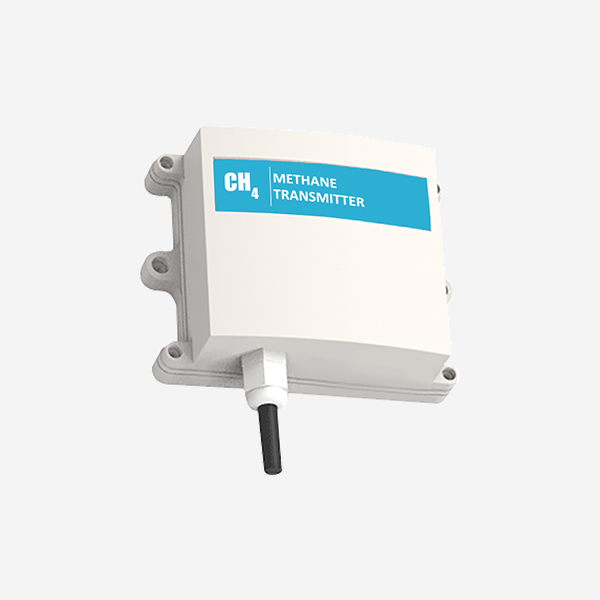Understanding Methane Sensors
Methane sensor are devices detect and quantify methane concentrations in the air. They typically use a combination of optics, electrochemistry, or catalysis to measure methane levels. Once methane concentrations are detected, the sensors transmit data to a central system for analysis and interpretation. Methane sensors come in various types and sizes, ranging from handheld portable sensors to large-scale fixed installations.

Significance of methane sensors
Mitigating Climate Change
The primary application of methane sensor is in mitigating the effects of climate change. Methane is a potent greenhouse gas, with a global warming potential several times greater than carbon dioxide. By monitoring methane emissions, researchers can identify the sources of methane and develop strategies to reduce them. Methane sensor technology plays a vital role in this regard, providing accurate, real-time data on methane concentrations.
Supporting Agriculture and Livestock Management

Methane emissions from livestock, particularly cattle, contribute significantly to greenhouse gas emissions. By utilizing methane sensor, farmers can monitor the performance of their livestock and adjust feeding practices to minimize methane emissions. This approach not only reduces greenhouse gas emissions but also improves animal health and productivity.
Enhancing Industrial Safety
Methane sensor technology also has significant applications in industrial safety. Methane is explosive at high concentrations and poses a significant risk to workers in the oil and gas industry. By using methane sensors, workers can monitor potential leaks and take appropriate action to prevent accidents. Methane sensors are also useful in coal mines, where methane buildup can result in deadly explosions.
Improving Air Quality
Methane sensor have applications beyond climate change and safety. Methane is a highly reactive gas that contributes to the formation of smog and other air pollutants. By quantifying methane concentrations in urban environments, researchers can identify areas with high pollution levels and develop strategies to improve air quality.
Promoting Innovation and Advancements
Methane sensor technology is still evolving, with ongoing research and development efforts aimed at improving sensor sensitivity, accuracy, and reliability. Advances in methane sensor technology have the potential to revolutionize environmental monitoring, providing real-time data on methane emissions and facilitating prompt measures to mitigate the impacts of climate change.
Conclusion:
Methane sensor technology is a crucial tool in environmental monitoring, playing a vital role in mitigating the effects of climate change, improving industrial safety, enhancing agricultural practices, and promoting air quality. As methane emissions continue to rise, the role of methane sensors in environmental monitoring will become increasingly critical. By exploring new applications and advancing current technology, we can harness the power of methane sensor technology to create a more sustainable future. Let us continue to invest in this technology and promote its widespread adoption to achieve a cleaner, safer environment for all.
